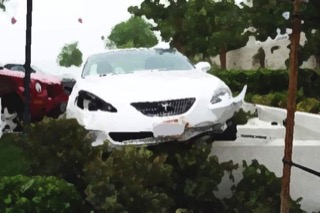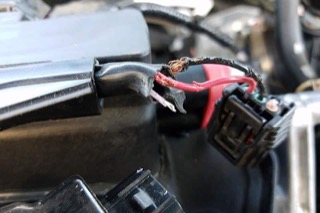Common 2012-2017 Toyota Camry Hybrid Problems
Some of the worst issues 2nd generation Camry Hybrid owners have to deal with.
Unintended Acceleration
Toyota believes the problems are caused by stuck gas pedals or misplaced floor mats that trapped the gas pedals. Independent testing by NASA and other outside laboratories agreed with Toyota and concluded driver error was also a contributin…
Continue reading article "Unintended Acceleration"
Rodents Chew Soy-Coated Wires
Somewhere in the mid-2000's there was an industry-wide push by automakers to replace plastic and glass-based wiring insulation with a more eco-friendly soy-based coating. It's biodegradable, commendable, and a complete disaster for owners. …
Continue reading article "Rodents Chew Soy-Coated Wires"

